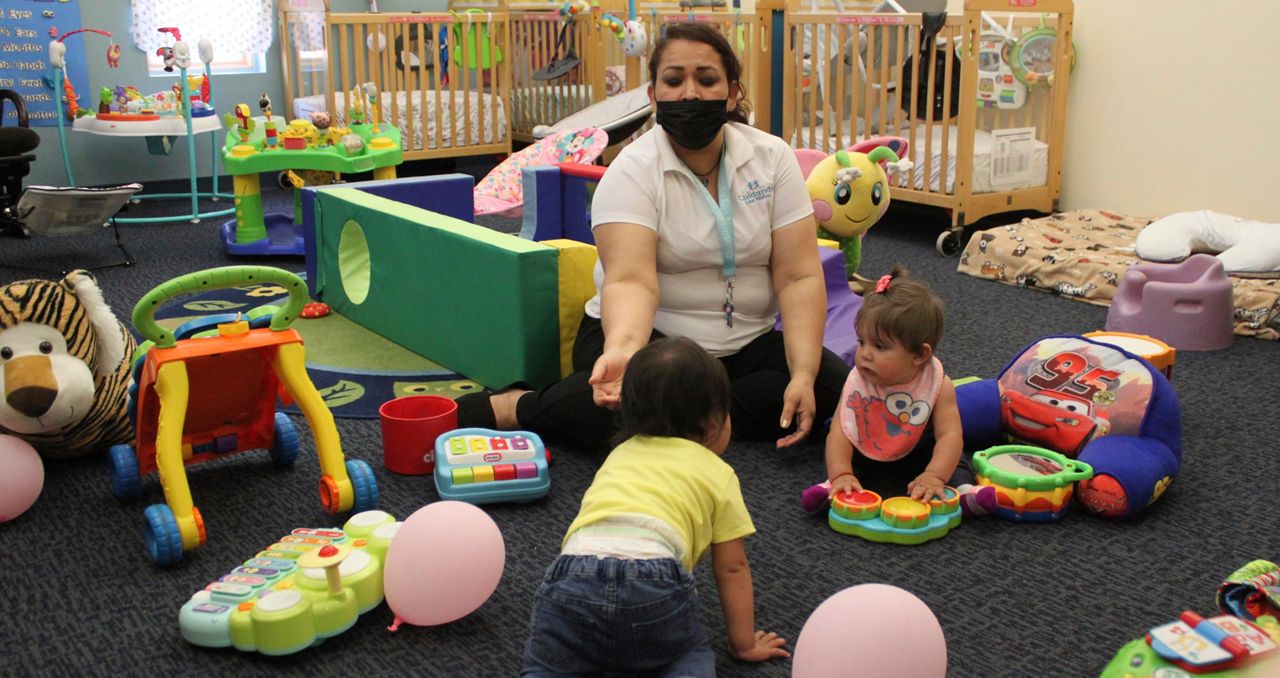Researchers from Cornell University have released the results of a new study that shows the spread of avian flu has now reached wild bobcats and has also claimed the life of one that was part of the study.
"They're this cryptic species that we don't know much about,” said Jennifer Bloodgood, wildlife vet, New York State Wildlife Health Program. “You don't see them a lot when you're outside. It was a surprise to us and kind of a warning of what this could mean for their populations."
Leaders with the state's Wildlife Health Program, who have found avian flu in other mammals like skunks and squirrels, worked with licensed trappers to sedate and capture 16 bobcats for the study.
Before releasing them back into the wild, researchers placed a GPS-equipped collar on them that eventually falls off, and also collected blood and other biological samples.
"To look at dead and sick animals and look for diseases in those animals to identify potential new diseases or trends in existing diseases," said Bloodgood.
Researchers noted one of the bobcats died weeks into the study from the virus, after not having been initially exposed at the onset.
The collars of the others were found scattered in areas across the state, including Buffalo and Albany.
"So I think it's really important to monitor this disease and see what's going on so that we can protect ourselves and our pets," said Bloodgood.
Bloodgood advises keeping kids away from dead animals, wearing gloves and a mask before disposing of it or calling the Department of Environmental Conservation (DEC) to report it.
"That lets us know what's going on in the wild, and whether we should respond or test that animal so we know about more what's going on,” said Bloodgood.
Core bobcat hotspots across the state continue to be the Adirondack, Catskill and Taconic mountains, yet have also expanded into Central and Western New York, as well as the Southern Tier.
Researchers say the marten, a type of weasel, is next on the list for testing.







_PKG_cannabis_management_new_leadership_CLEAN)




